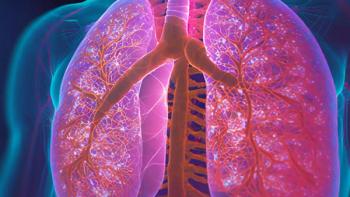
Exploring Breast Reconstruction Surgery: Pros and Cons
After the numbing tidal wave of emotion following a breast cancer diagnosis — the fear, anxiety, shock, anger, and disbelief — it’s hard to comprehend the enormity of what lies ahead. It may take time to adjust to your new reality as someone with breast cancer. Despite the overwhelming emotions, you must navigate the labyrinth of treatment options. It’s a lot to grasp, requiring careful consideration, and probably includes a crash course about the pros and cons of available treatment options.
Once diagnosed, many women undergo a mastectomy or lumpectomy to remove the affected breast tissue. Following this, they often face a decision about whether to have breast reconstruction surgery. While reconstruction can help restore the breast’s appearance, there are advantages and disadvantages to consider when deciding if it is right for you.
The choice to have breast reconstruction surgery is highly personal; however, understanding the pros and cons can help you make an informed decision.
The Basics of Breast Reconstruction Surgery
Breast reconstruction surgery is a procedure often performed to restore the shape, size, and appearance of a person’s breast after a mastectomy or lumpectomy. The surgery can be performed at the same time as the mastectomy (immediate reconstruction) or a later date (delayed reconstruction). In some cases, doctors recommend waiting if follow-up treatments like radiation are needed, as they may damage reconstruction results.
The two main types are implant reconstruction, which uses silicone or saline breast implants, and autologous, or “flap” reconstruction, which uses tissue from another part of the patient’s body. The American Cancer Society provides an excellent detailed guide on the basics of these procedures.
Pro: Restoration of Body Image and Self-Esteem
One of the most significant benefits of breast reconstruction is the potential to restore body image and self-esteem after breast cancer. Many women report feeling more confident and comfortable with their bodies post-reconstruction.
Breast reconstruction aims to achieve symmetry between the two breasts, which can be especially helpful for those with a unilateral (one-sided) mastectomy.



